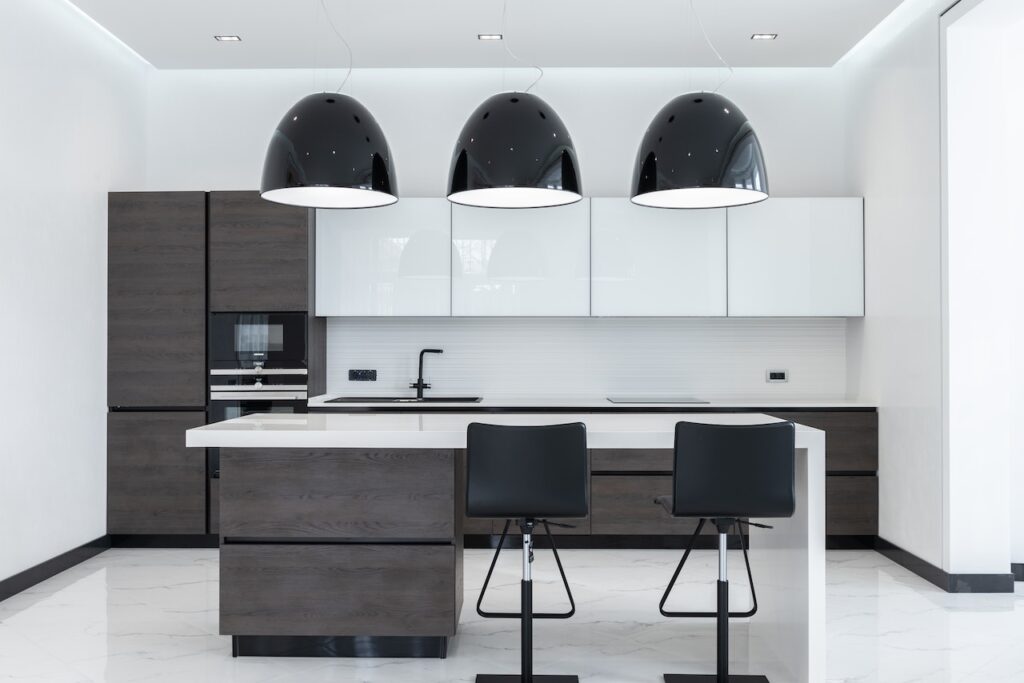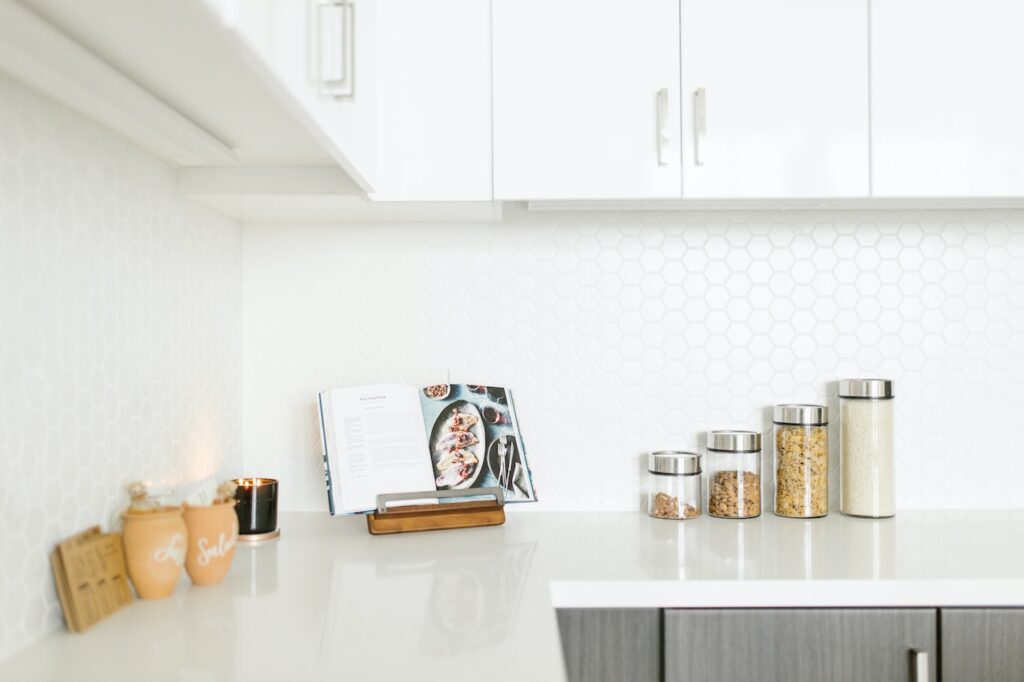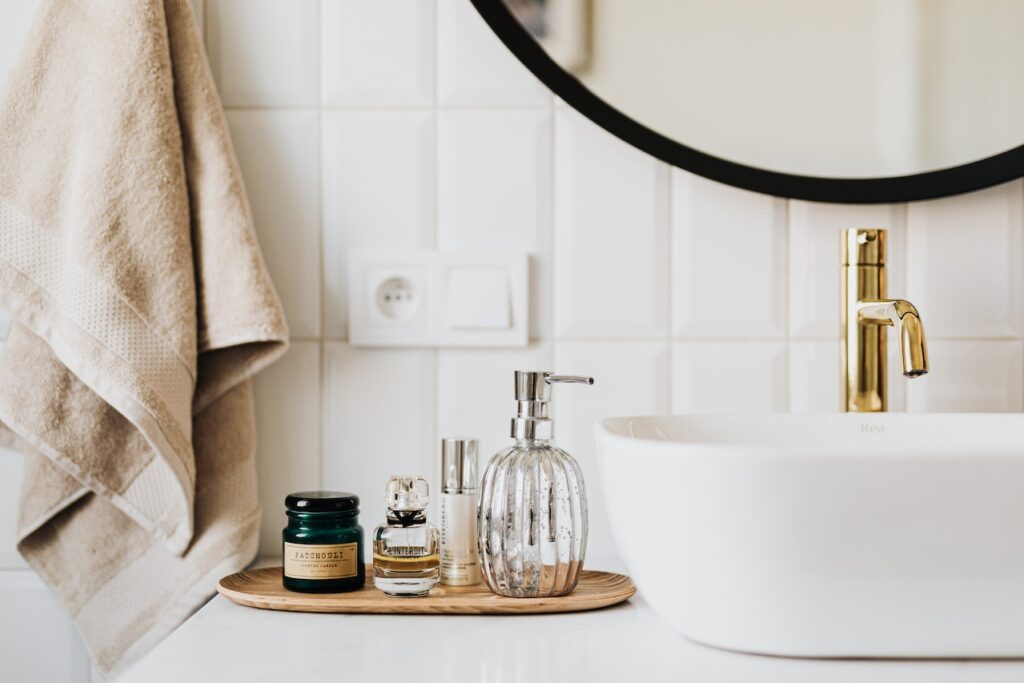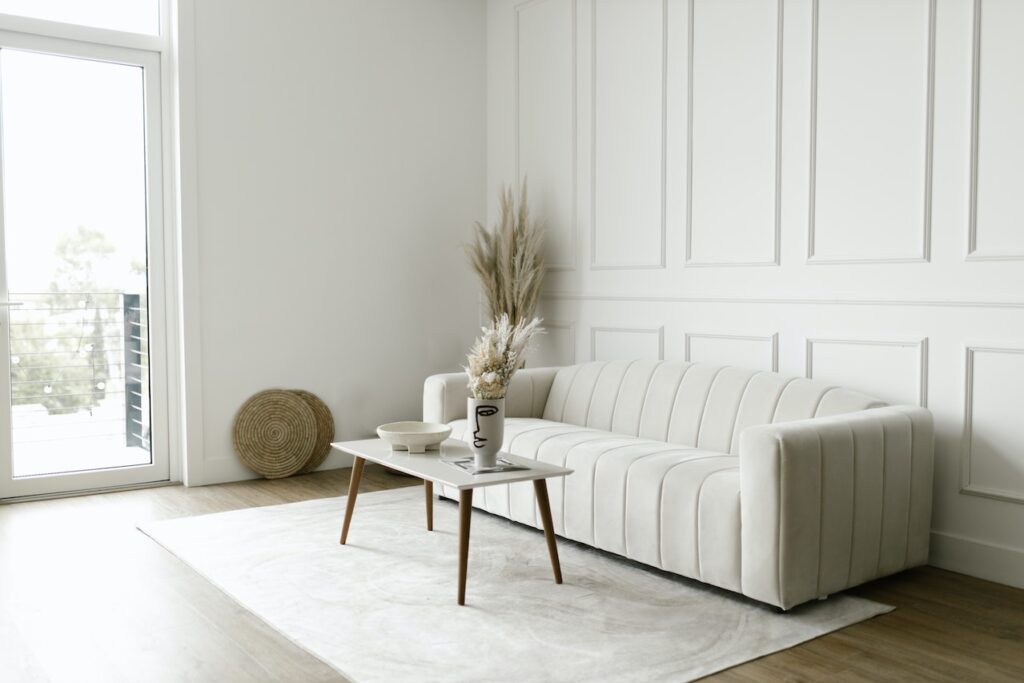There are multiple ideas and trends to apply to the world of decoration. Every home should be imbued with the style and character of its owner. Some people like more flamboyant and colorful, other individuals may go for modern or eclectic, and others go for simple, minimalist lines.
What is minimalist decoration?
The term minimalism refers to the tendency to reduce to the essential and useful, to strip away excess elements. Focusing on interior design, this trend is based on practicality, elegant lighting and the empty spaces left by the elimination of three-dimensional forms. Influenced by traditional Japanese design and architecture, minimalist decoration is based on the use of few and very simple elements to create a comfortable yet elegant space, that is, reducing everything to the essentials. The key is to follow three fundamental rules: simplicity, naturalness and cleanliness.
In short, the idea of minimalism is not to dispense with excessive ornamentation, but that all details are reduced to a state where nothing else can be removed to enhance the design.

Keys to minimalist decoration
Simplicity and elegance are fundamental parts, in addition to the minimal use of materials, the choice of conservative colors and functionality over aesthetics. These are the keys and characteristics of minimalism:
Absence of furniture: It focuses the space on plants and functional elements, not on furniture.
Uncluttered space: A minimalist home contains only essential elements without renouncing style, providing practicality without overloading.
Naked’ walls: Walls should follow the concept of ‘naked’. No extravagant paintings or ostentatious decorations. One option is to opt for mirrors to give a sense of depth.
Avoid the variety of details: Minimalism is based on quality rather than quantity.
Importance of brightness: Optimal lighting will avoid an excess of light bulbs or artificial light bulbs, bet on natural light and all it can offer.
Sustainability is relevant: Eliminating the superfluous and focusing on the practical, what remains necessary and sustainable.
How to achieve a minimalist decor?
Take note of these ideas to decorate every room in your home:
Minimalism in the kitchen
Do not accumulate, this is the principle of minimalism that can best be applied to a room of the house like the kitchen. Clean and straight lines, simple and natural materials, without excessive ornamentation are the keys to succeed with minimalism in this part of the house.
Neutral colors and smooth surfaces are also an efficient alternative. Opt for plain furniture to avoid excessive visual weight and to be part of a cleaner and simpler finish. Clear countertops and integrate appliances to achieve the effect you are looking for.

Minimalism in the bathroom
You can also include this trend in the bathroom. In general, these rooms usually contain just what is necessary, so it is a perfect place to apply this style.
Opt for simple faucets, Nordic style and few elements that are in sight. Focus on the simple design of mirrors and lighting. These elements, together with a palette of neutral colors that contrast with each other, will make your bathroom an example of minimalism and modernism.

Minimalism in the living room
The living room is usually the largest room in the house, so it can be a little scary and even think that it is more difficult to apply minimalism. But nothing could be further from the truth.
Opt for curved shapes, both in furniture and decorative elements, as they give an elegant look and soften the room. Choose natural materials and a color palette in earth tones: with that you will succeed for sure.

Minimalism in the bedroom
This room, taking into account the above recommendations and characteristics, is easy to decorate with this simple and practical style.
Opt for white and neutral tones to reduce the chromatic weight and opt for furniture with geometric structures. Eliminate unnecessary objects and reduce decorative elements to a minimum.
Lean on textures to create more dynamism, such as wicker in a trunk or smooth and light wood in the headboard of the bed.
Source: Idealista
You can also find us at:
YouTube – Jaume by LivingSitges
Instagram – @jaumebylivingsitges
www.livingsitges.com

